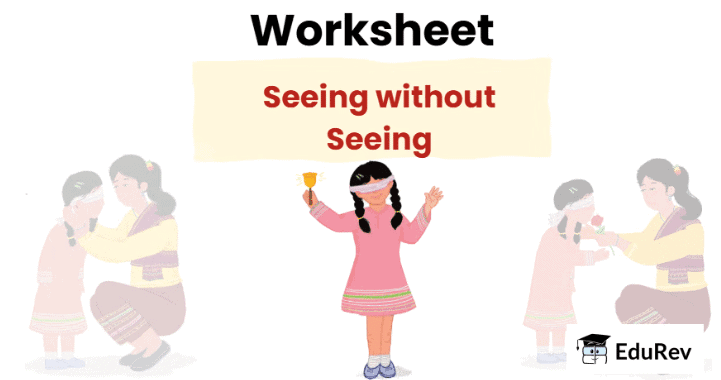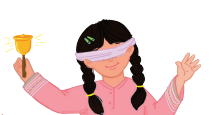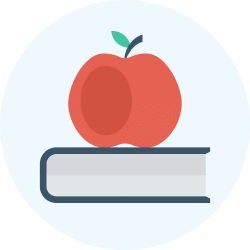Seeing without Seeing - 2 Class 2 Worksheet English

Q1: True or False
(i) Onshangla returned from school loudly.
(ii) The new boy in Onshangla's class can see without any difficulty.
(iii) Ava blindfolded Onshangla and played a game.
(iv) Onshangla correctly identified the glass of orange juice by looking at it.
(v) Ava hoped that all the children would be friends with the new boy.
Q2: Choose the correct meaning with the given words:
(i) Sniffed
(a) To make a sound like a small bell
(b) To smell something by inhaling through the nose
(c) To close one's eyes
(ii) Difficulties
(a) Things that are easy to do
(b) Problems or challenges
(c) Something that smells good
(iii) Musical
(a) Related to music or producing music
(b) Something that is very quiet
(c) A type of flower

(iv) Blink
(a) To open one's eyes widely
(b) To quickly close and open one's eyes
(c) To cover one's eyes with a scarf
(v) Identified
(a) To not recognize something
(b) To figure out or recognize something correctly
(c) To keep something hidden
Q3: Short Answer Questions
(i) Why was Onshangla very quiet when she came back from school?
(ii) What was special about the new boy in Onshangla's class?
(iii) How did Ava help Onshangla understand that there are other ways to find out things without seeing?
(iv) What did Onshangla do to identify the objects when she couldn't see?
(v) What important message did Ava give to Onshangla and her friends?
The solutions of the worksheet "Seeing without Seeing - 2"
|
1 videos|494 docs
|
FAQs on Seeing without Seeing - 2 Class 2 Worksheet English
| 1. What does the phrase "seeing without seeing" mean in the context of the article? |  |
| 2. How can the concept of "seeing without seeing" be applied in everyday life? |  |
| 3. Are there any exercises or activities mentioned in the article that help develop this skill? |  |
| 4. What are some benefits of developing the ability to "see without seeing"? |  |
| 5. Can "seeing without seeing" enhance learning in school children? |  |





















